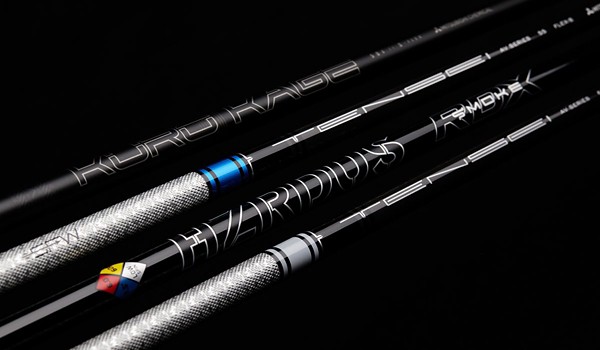Everyone loves the long ball and everyone loves smashing their driver. There’s something about distance that leaves golfers feeling giddy. But how can you ensure you put the right driver in your bag? What are the key considerations when making the investment in a new driver from any of the leading brands? Obviously, an expert fitter from one of our 47 stores can assist you, but wouldn’t it be great if you could narrow your choices down prior to visiting the store?

Where to start
- The first thing you’ll want to consider is what type of golfer you are. If you’re a lower handicap player, certain drivers can be adjusted specifically to help you get the most out of your swing.
- If you’re a mid-handicapper or a slicer of the ball, you’ll want to consider other options, perhaps one of the drivers with a draw bias or one of the larger, more forgiving drivers that will help you find the fairway more often.
- Most manufacturers make drivers in three versions—the first that can be adjusted through a fitting; the second that offers a larger clubhead; and a draw-bias version for golfers that slice the ball. If you’re less than a 10-handicap, you’ll likely be drawn to the adjustable driver. If you need more forgiveness or slice the ball, one of the others will be ideal for your game.
- Club makers now create lighter drivers for those of us who don’t swing it like a tour pro. Called “Japanese spec” for their popularity in Asian markets, these lighter drivers allow you to swing faster and usually help you get the ball in the air more readily.
What you need to know
Forgiveness
The forgiveness of clubs is measured by moment of inertia. Yes, that sounds technical. But it is essentially a measurement of the forgiveness of a club. For practically every recreational golfer, a high MOI is a good thing. Typically, the larger the clubhead on a driver, the more forgiving it is.

Spin rate
This is a key consideration with a driver, as a higher spin rate lowers the distance your drives will travel. Spin rate is defined as “The rate of rotation of the golf ball around the resulting rotational axis of the golf ball immediately after the golf ball separates from the club face.” That essentially means the ball is spinning more—which in longer clubs results in less distance. Usually, drivers with more forgiveness results in higher spin, so there’s a trade-off.

Picking the right shaft
How much does your shaft bend during your swing—that’s shaft flex. That means a regular shaft will bend more than an extra stiff shaft. Makes sense, right? Shafts also have weight and that can influence how fast you can swing at the ball. Most manufacturers offer a fine selection of shafts to fit most golfers, and specific shafts can be custom-ordered if a fitting determines it makes sense.
Get fit
Fitting for a driver is essential to getting the most out of your investment. The wrong driver head or shaft—or a combination of the two—can result in less distance and fewer fairways hit.


